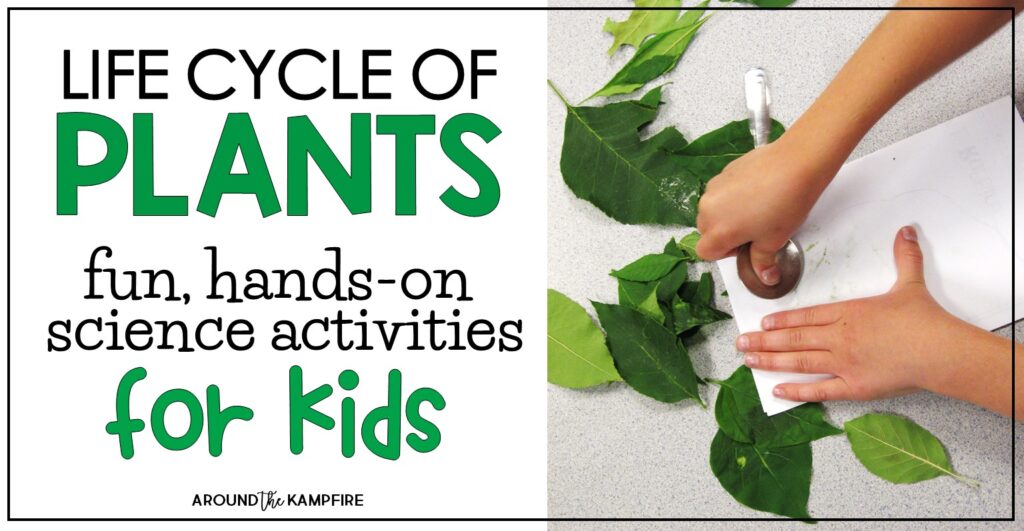
Kids love science. As a teacher, I love being able to create experiences for my students that capture their imaginations, nurture their curiosity, and develop their critical thinking as they make new discoveries and learn about their world. I want to share with you my favorite plant life cycle activities and how I use them to teach about plants-the FUN way!
Hands-On Plant Life Cycle Activities
These must-try experiments and plant life cycle activities will excite your students, get them writing about science, and most importantly, having fun while they learn about plants.
Dissect a Seed
Show your students where the life cycle starts by dissecting a seed and labeling its parts. Lima beans are a great seed to use. Soak them for 5-10 minutes to soften the seed coat before having students gently pull them apart.
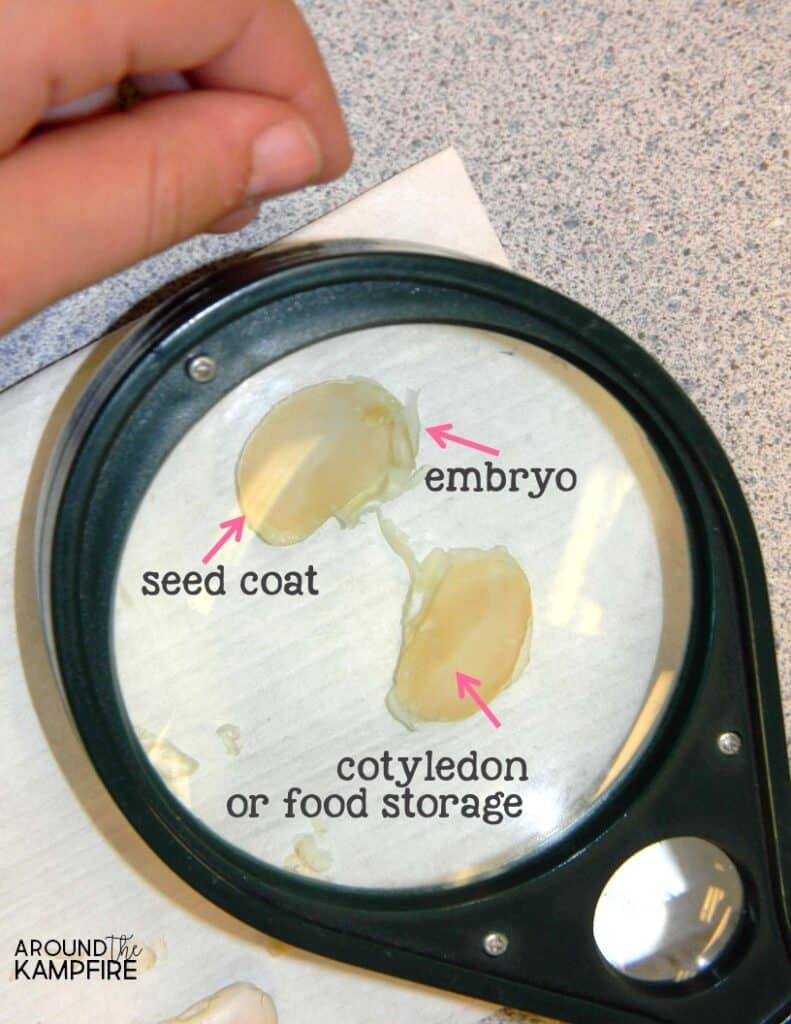
Inside, students can easily see the plant embryo, shoot, seed coat, and the cotyledon.
Observe Germination with Seed Journals
Germinate lima or pinto beans and make observation journals. Teach students how to look for and record changes, make predictions, and measure growth as their seeds sprout. Ask them to draw and label simple diagrams to illustrate the changes they observe.
Demonstrate the Power of Pollination
As your students learn about the stages of the plant life cycle, one important question to explore is “How do insects help plants grow?”. The answer of course, is by pollination.
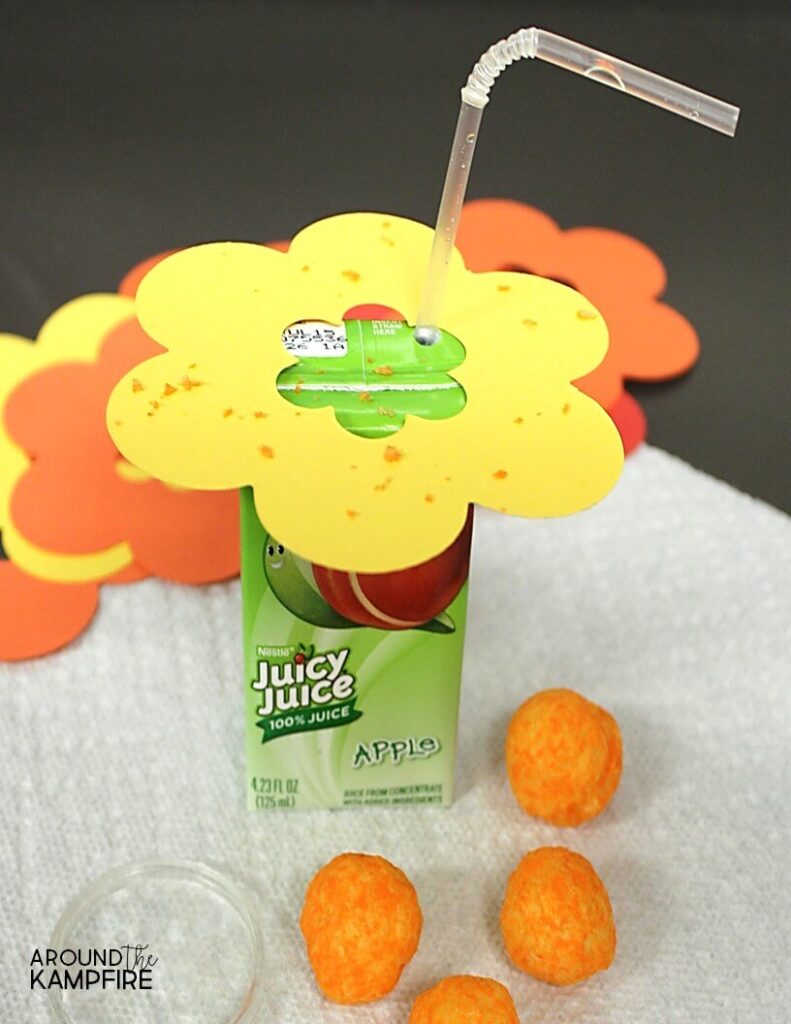
In order to continue their life cycle plants must produce seeds. In order to do that they must first be pollinated. This simple pollination experiment using juice boxes and cheese puffs simulates pollination and demonstrates how insects transfer pollen from one plant to another.
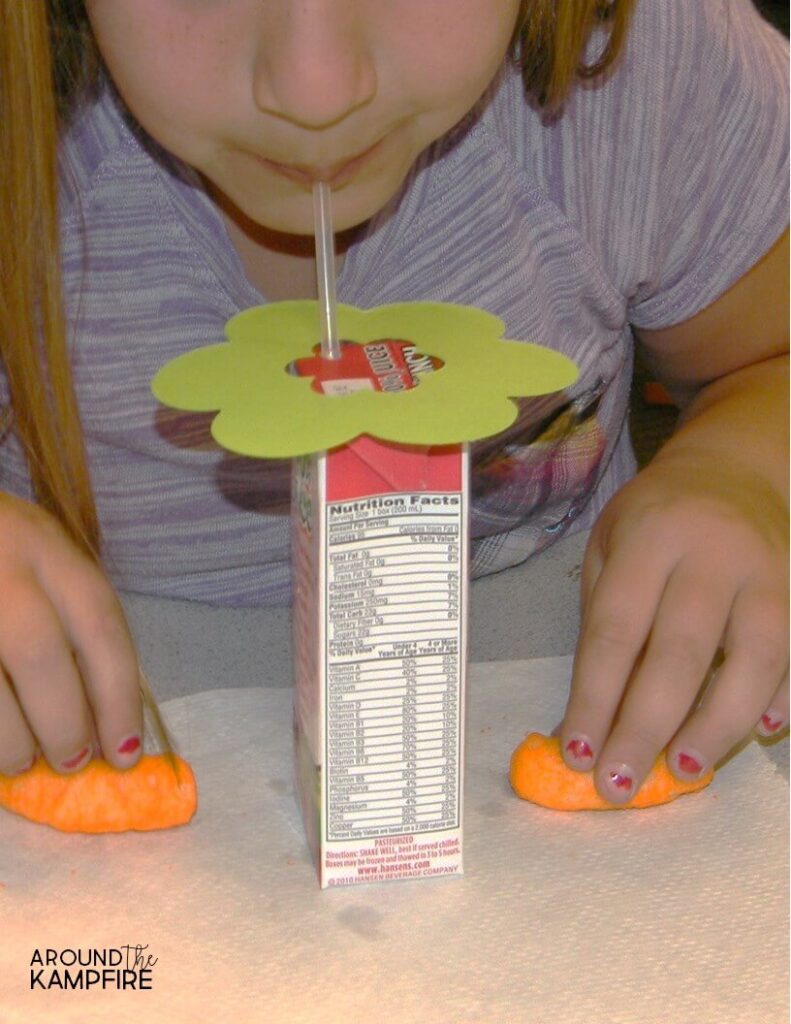
We did this a slightly different (and even more fun!) way while learning about the butterfly life cycle.
Head Outdoors to Explore How Leaves Help a Plant Get Light
Take your class outdoors to explore how leaves help a plant get sunlight. Explore a variety of leaf types and how their shapes regulate the amount of light they capture for the plant.
Have students look at leaves from a variety of habitats to compare their shape, size, and outer coverings before making predictions about which leaf types would help a plant get the most sunlight. Ask. “Can we tell how much light a plant needs by the type and shape of its leaf?”.
 Once outdoors, students can use their hands as leaves to test their predictions and record their observations.
Once outdoors, students can use their hands as leaves to test their predictions and record their observations.
Create a Life Cycle Learning Portfolio
I’m always looking for ways to have my students write more about science. These foldable flower booklets make wonderful learning portfolios and provide opportunities for students to make diagrams and write about pollination, photosynthesis, and the functions of the parts of a plant. They make a beautiful hallway display too!
After each lesson students write short responses by defining plant vocabulary, explaining a process of the life cycle, labeling a diagram, or researching interesting facts about the plant life cycle.
Inside their flower booklets students write to explain how a plant makes its own food, the job of the roots and leaves, and to illustrate and label the stages of the life cycle and the parts of a plant.
Paint with Chlorophyll
Integrate art as students learn the importance of chlorophyll and its role in how a plant makes its own food. After learning about photosynthesis my students were wowed by the fact that they could press chlorophyll from a leaf! We turned leaf rubbings into small works of art by painting with chlorophyll. Read more about our chlorophyll paintings.

Integrate Art in Science
Introduce your students to the sunflower paintings of Vincent Van Gogh. Painted in Arles, France in 1889-1899, these 5 paintings can provide a wonderful art extension or Art Masterpiece lesson and students can turn their flower booklets into sunflowers. One year I had students make watercolor paintings of sunflowers and we displayed them with the sunflower booklets at our Spring open house.
Incorporate Reading Skills: Identify Plant Causes and Effects
Learning about life cycles and most science in general, lends itself well to identifying causes and effects. Matching the causes and effects related to pollination, plant needs, the weather, and the process of photosynthesis is a fun way to integrate reading skills into a science unit as well as another great way to check for understanding.
Build An Exploding Seed Pod
Plants that disperse their seeds by explosion hold a special fascination for kids! Plants in the pea family, lupins, and orchid trees shoot their seeds from the seed pods at rapid speed. As you teach your class about adaptations and methods plants have developed to disperse their seeds, try making models of exploding seed pods!
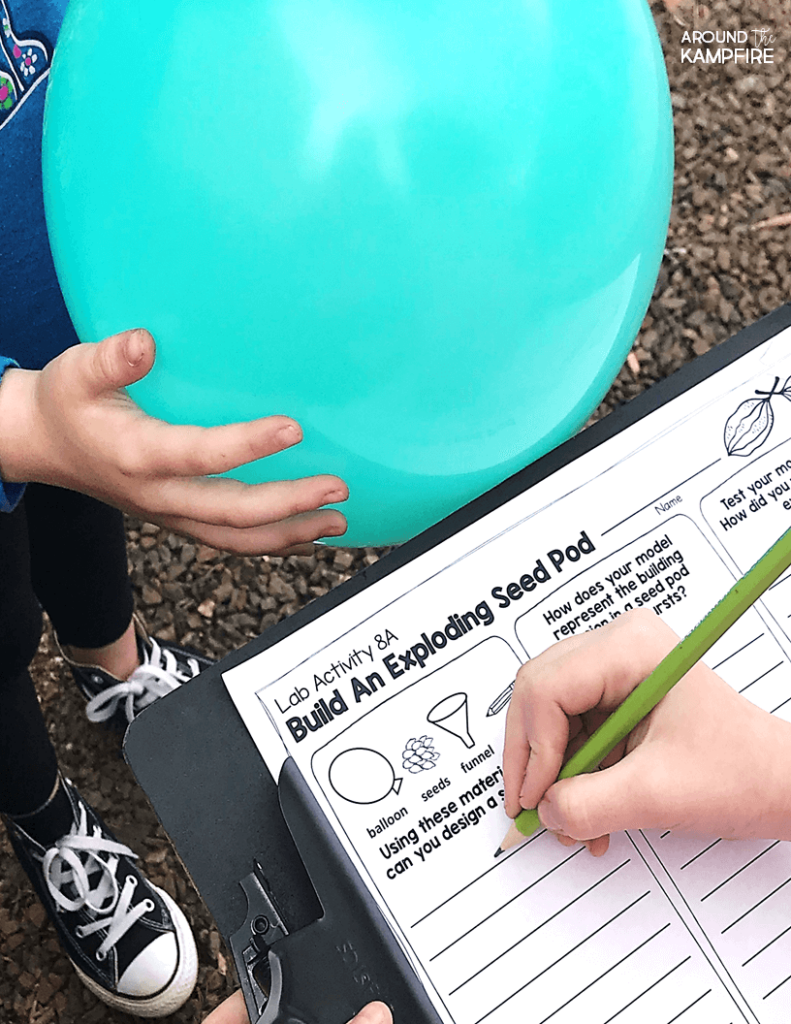
See our seed dispersal lab in action in my classroom with our exploding seed pod STEM challenge.
This challenge is a great addition to your plant life cycle activities, but definitely one you’ll want to do outside!
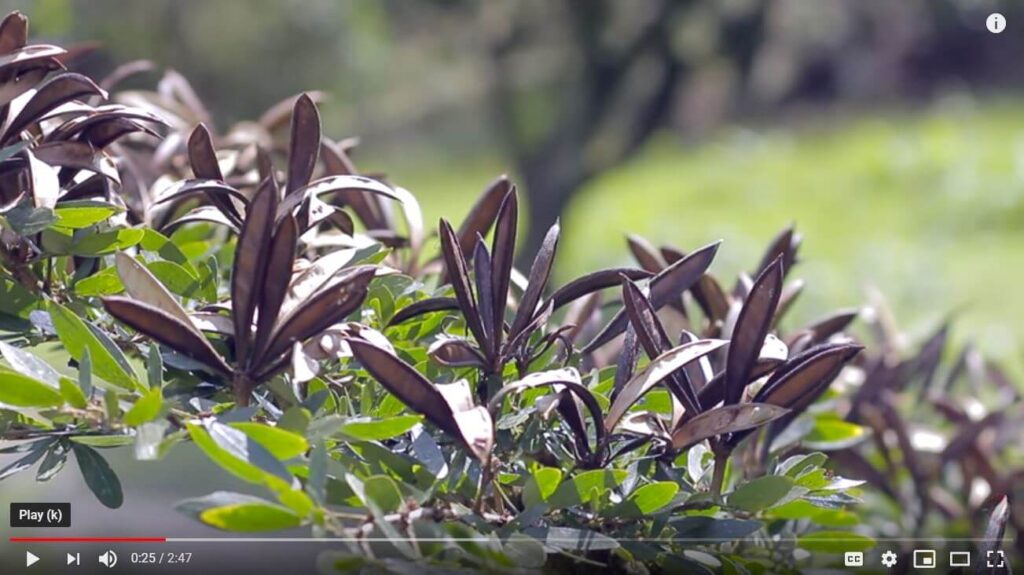
Click here to watch a video of exploding seed pods.
Find all of the activities I’ve shared in this post, plus many more, in this complete Plant Life Cycle Unit.
Centered around a 9-lesson teaching Power Point, and aligned to both Next Generation Science Standards, and CCSS, this plant science unit includes 12 days of detailed lesson plans, science experiments, anchor charts, posters, assessments and culminating foldable flower booklet. See how I use this unit in my classroom.
Would you like a FREE set of Plant Science Posters? Pop your personal email in below and I’ll send them your way!
I hope you’ve found plant life cycle activities to excite your students and teach about plants the fun way! Be sure to pin this for later so you’ll have it when you plan!
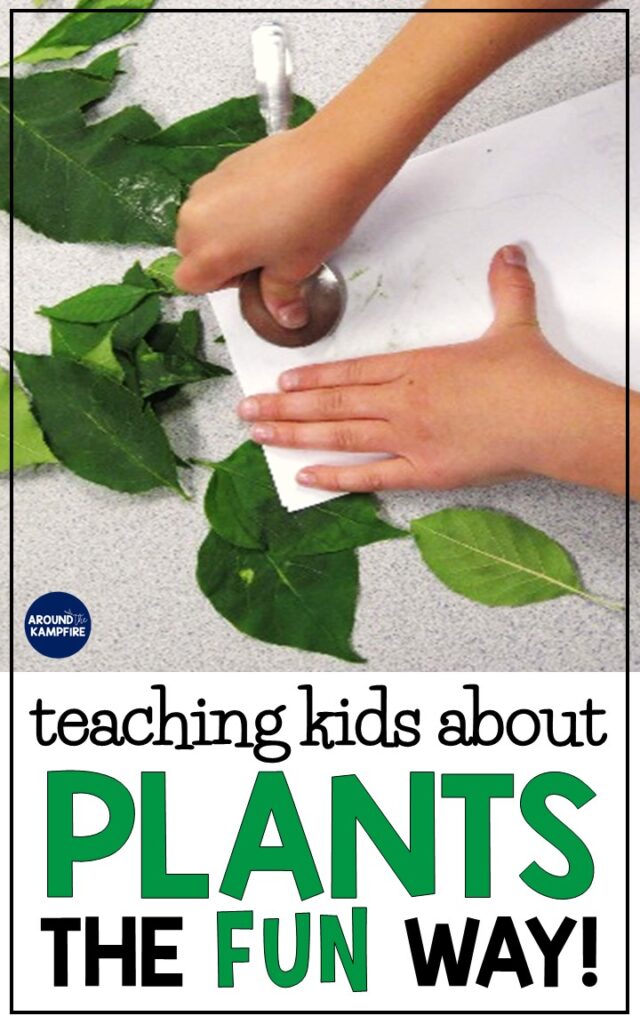
Visit these posts for more hands-on science activities:
Hands-On Properties of Matter Activities
Exploding Seed Pod STEM activity
3 Easy Seed Science Experiments
Landforms & Earth Changes Activities & Labs
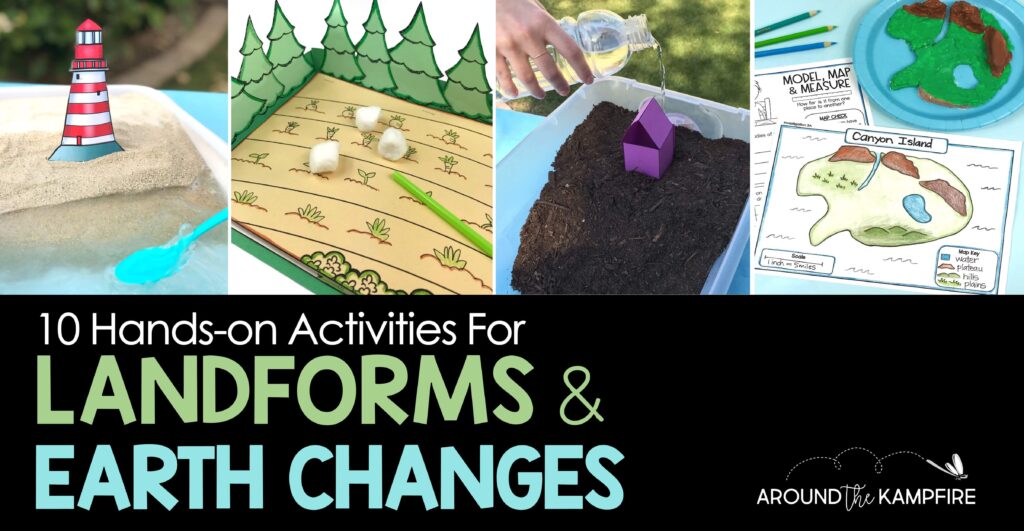
Butterfly Life Cycle Activities & FREE Printables
Happy teaching friends!
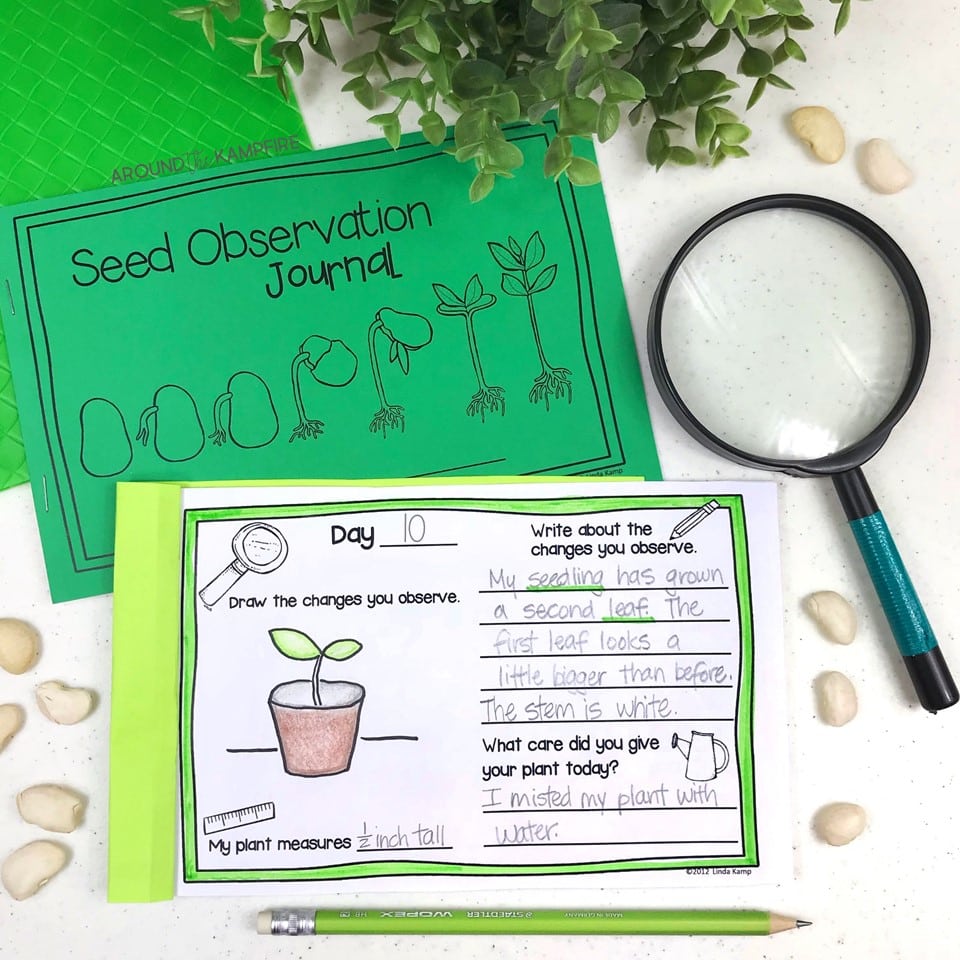
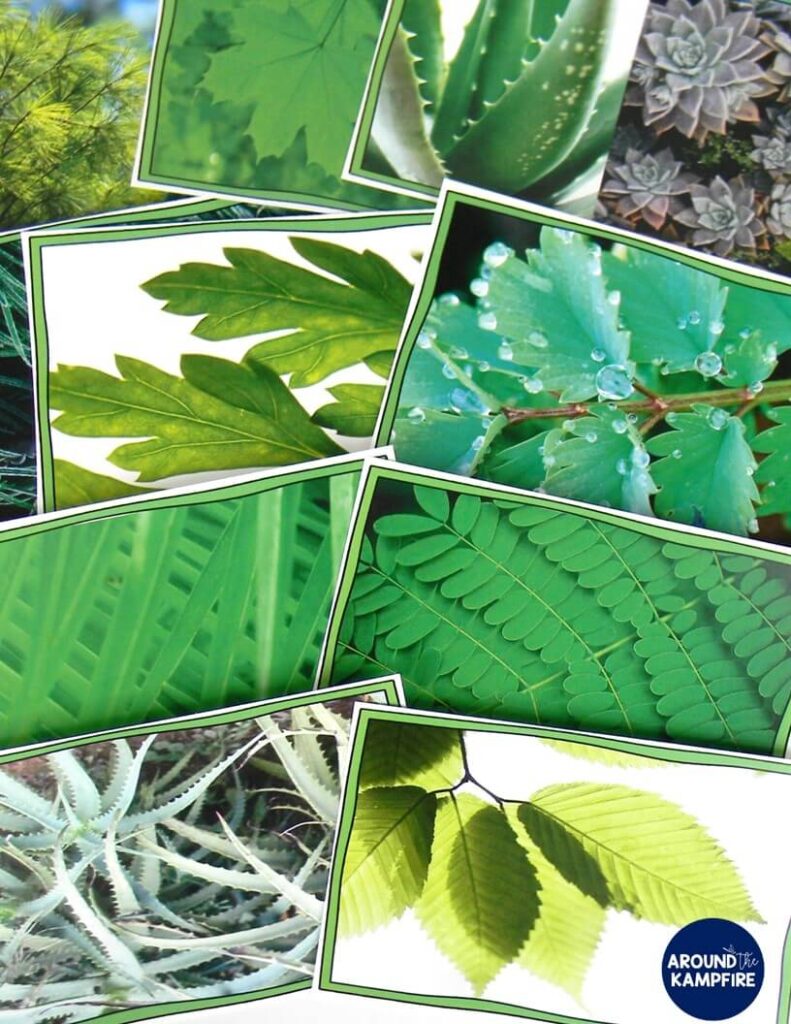
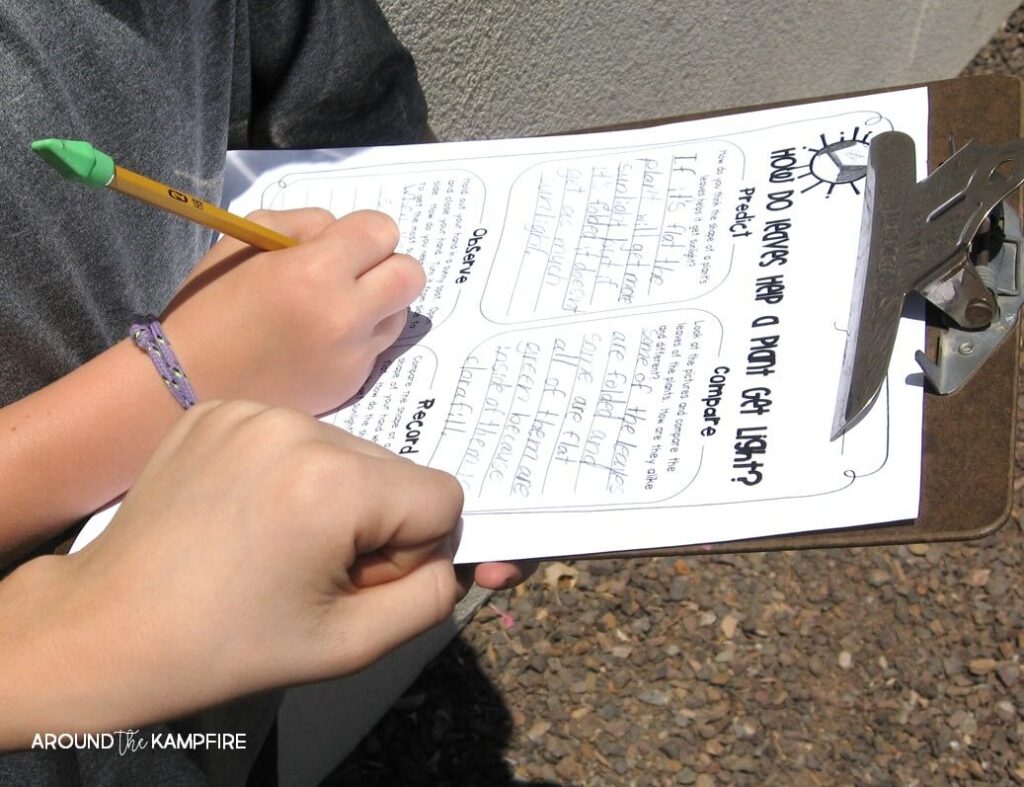
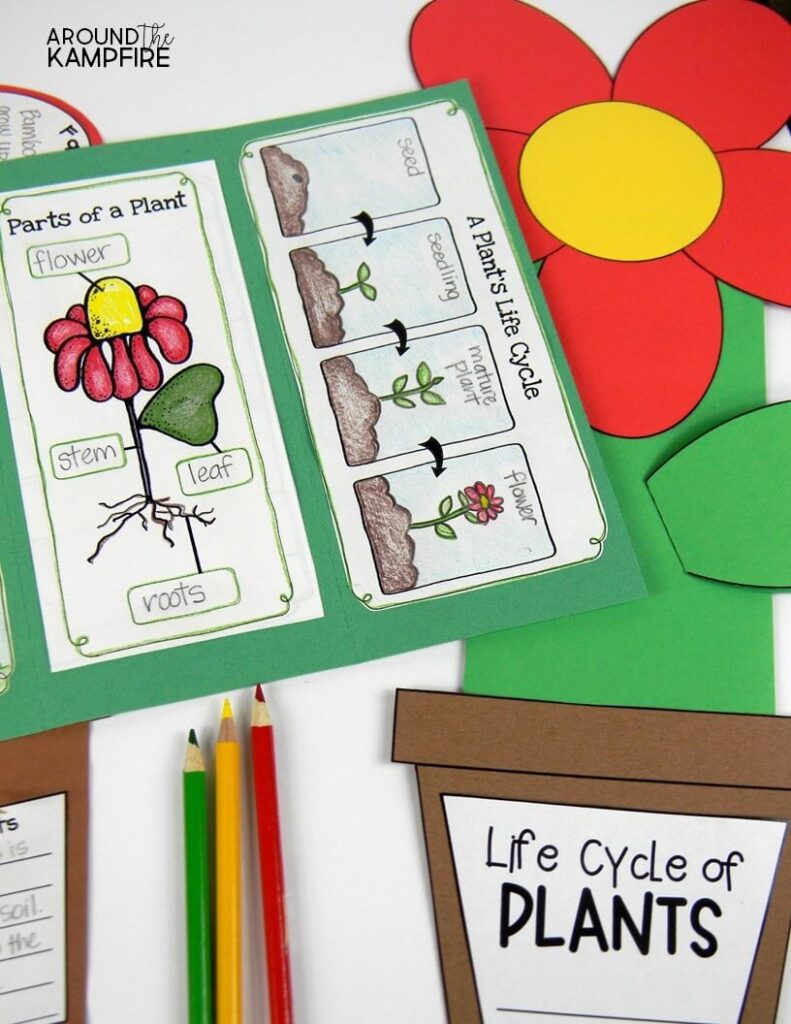
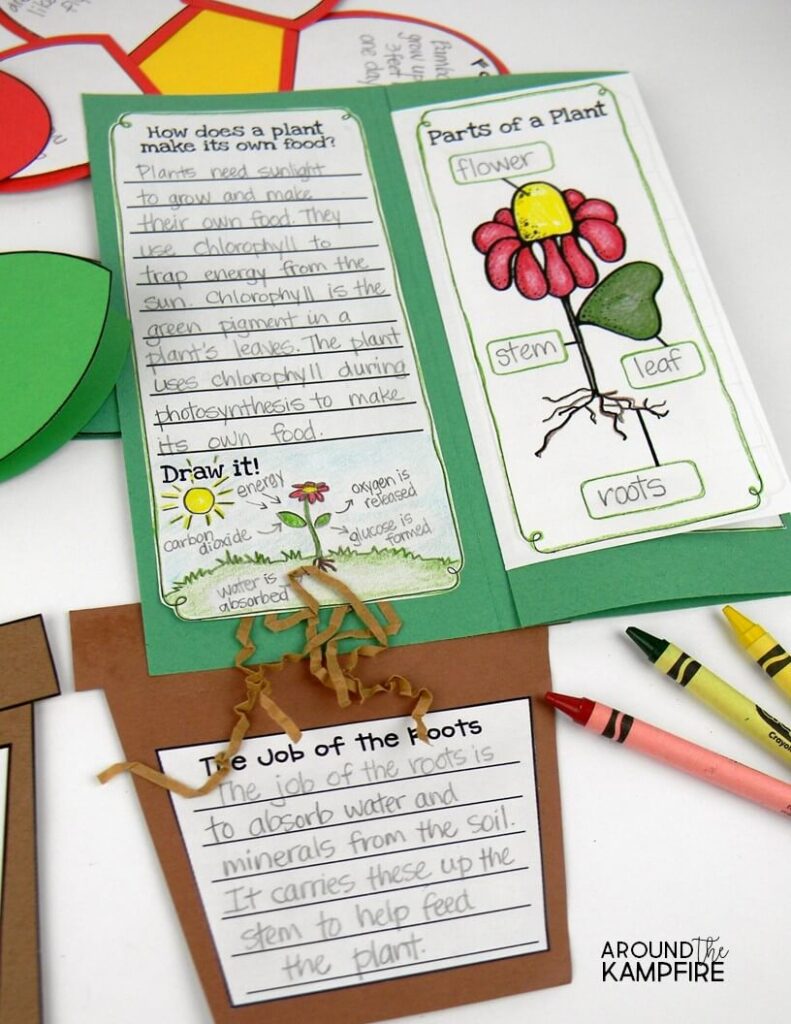
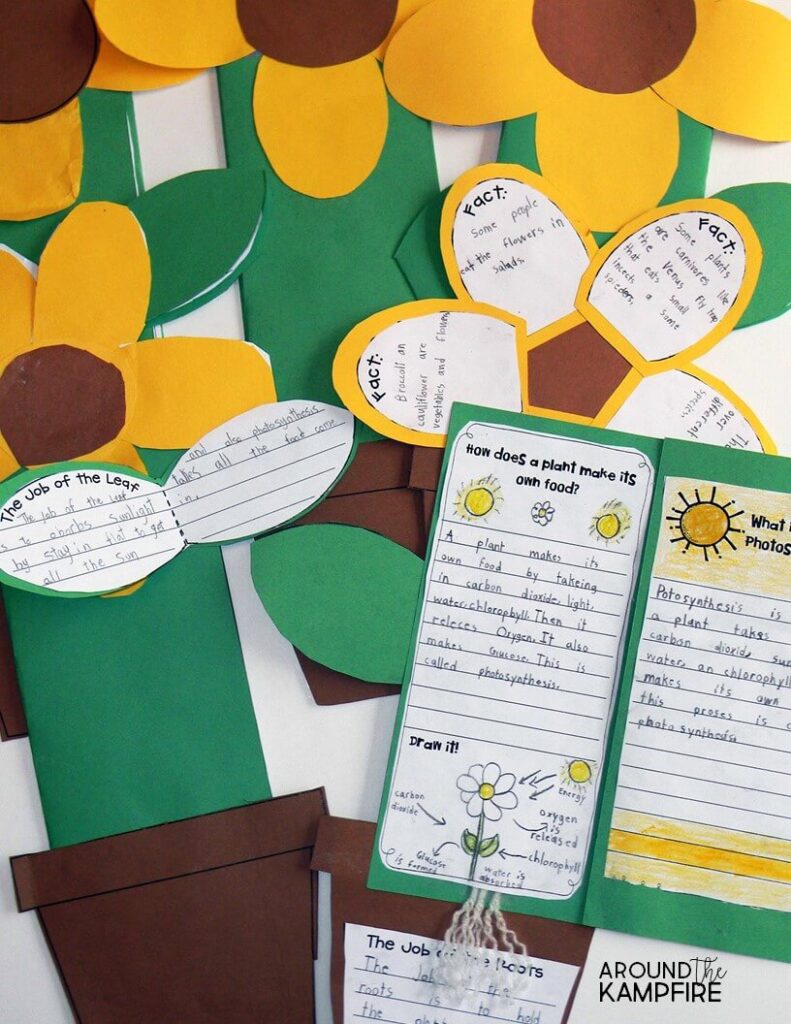
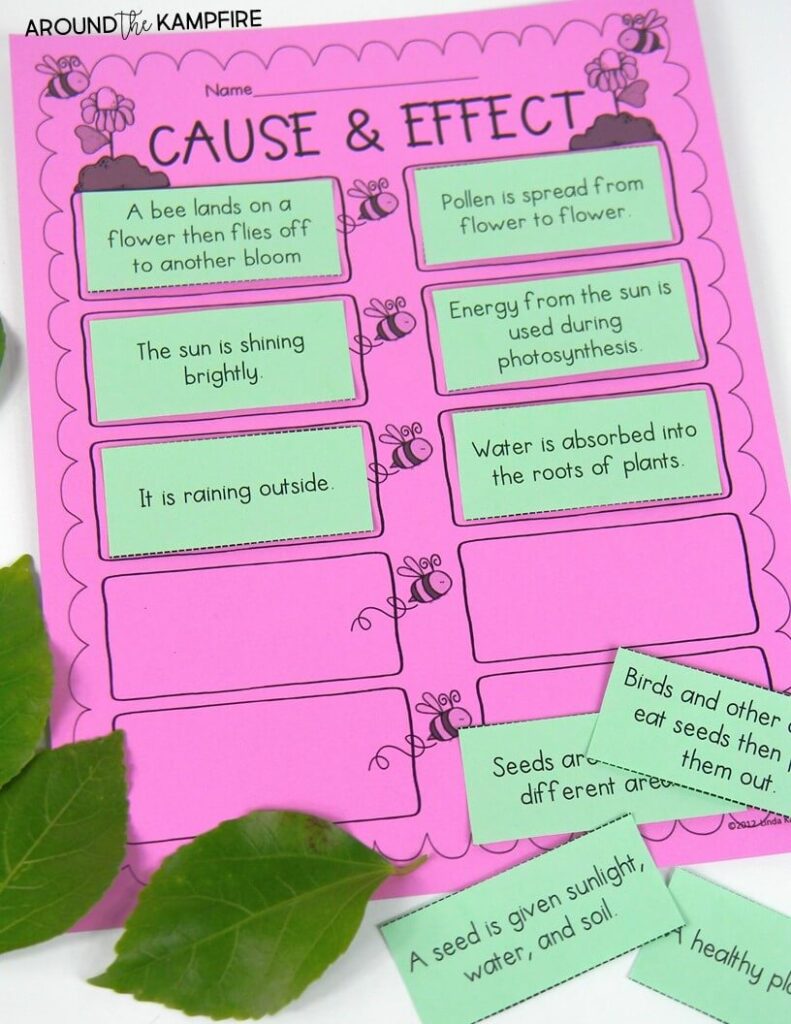
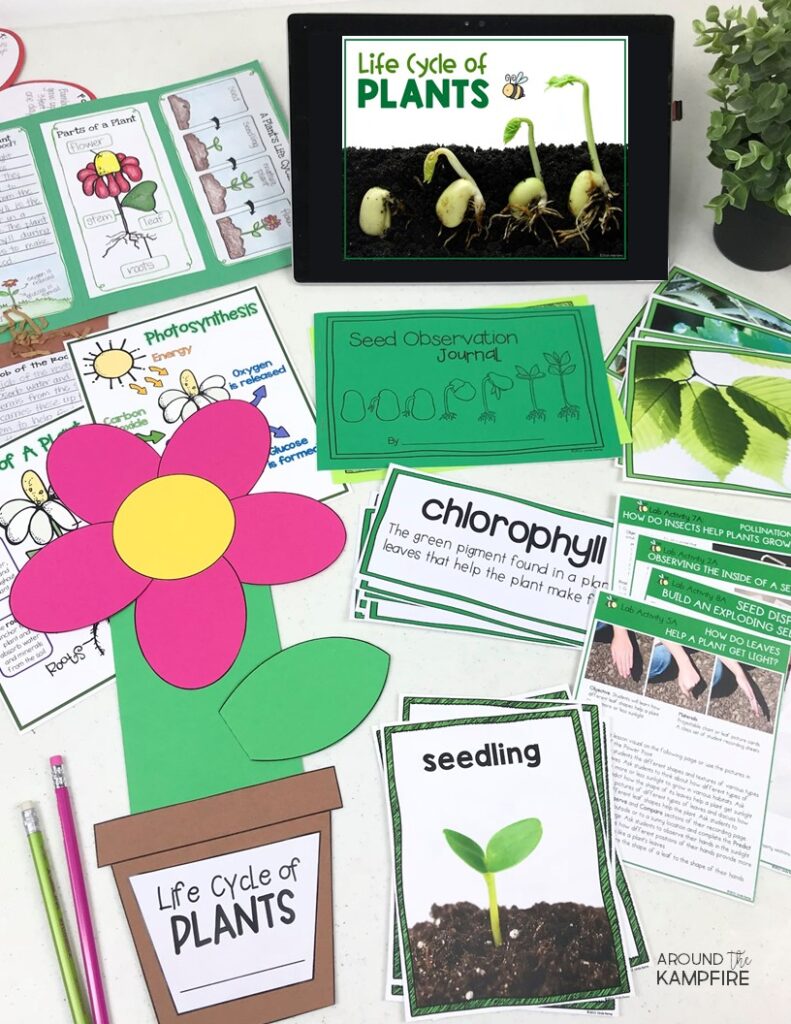

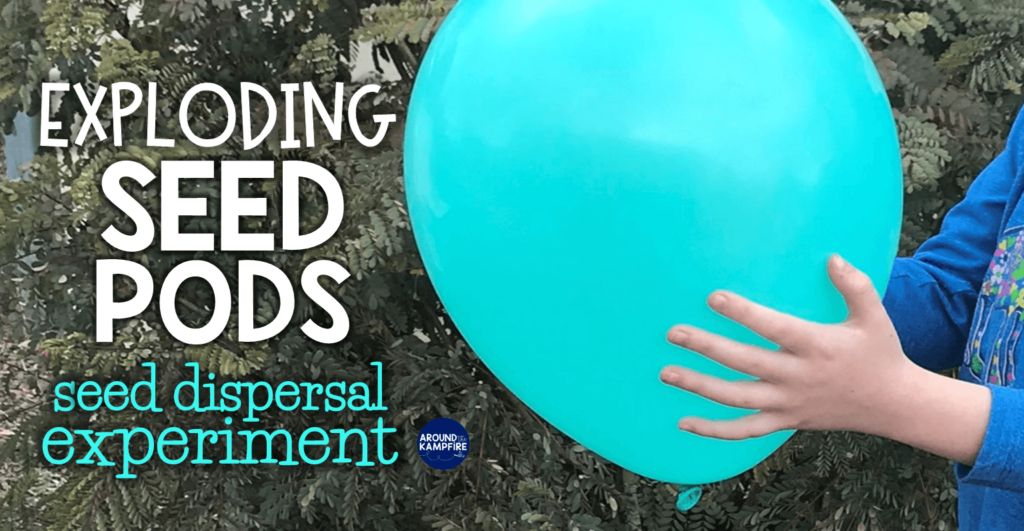
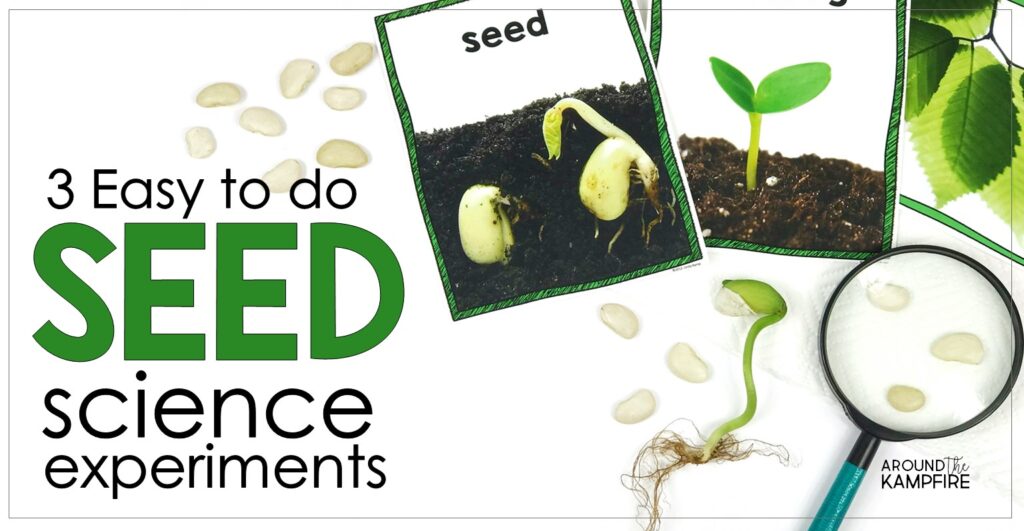

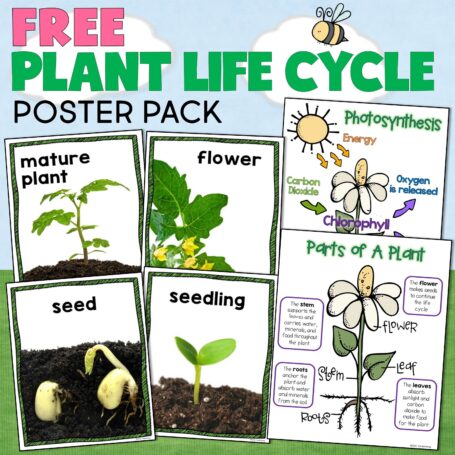
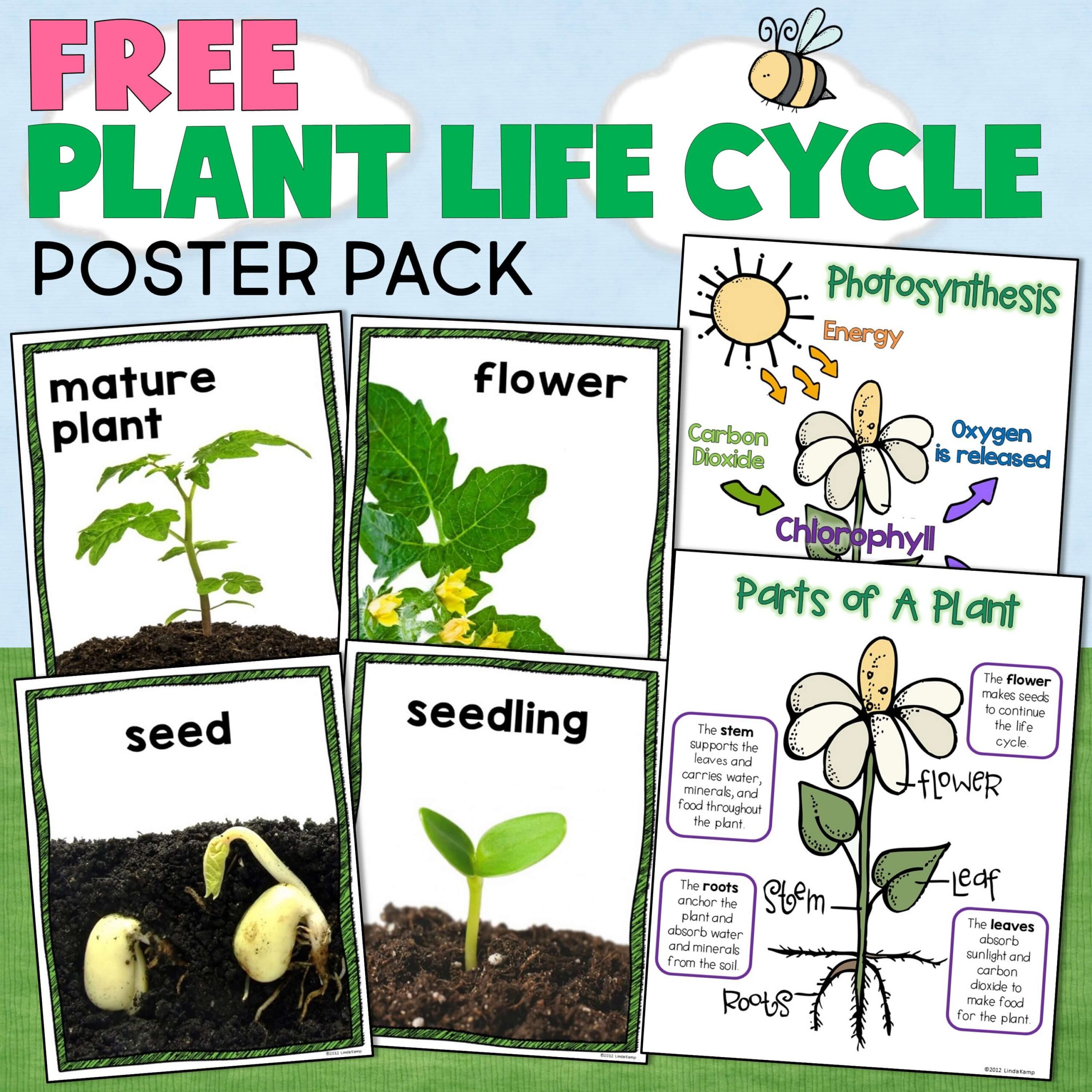
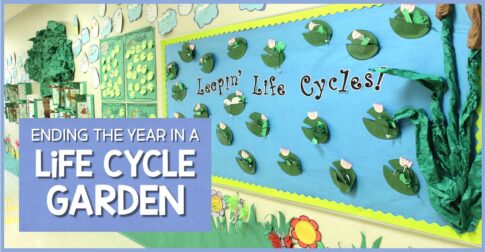

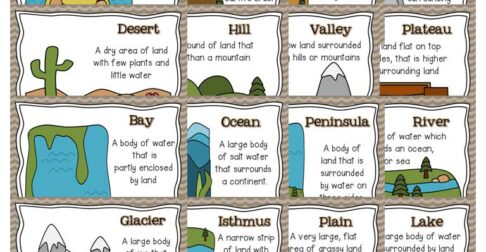

Hi Linda. thank you for these amazing ideas . Helped me a lot in planning my lesson in a more interesting and creative way.
Thank you so much for sharing. I would love the plant life cycle posters.
Linda, thank you so much! Creative, clever and shared in a family friendly way to inspire all types of learners.
I’m passing on to my Homeschool Whisperer FB Group page.
You’re so welcome Debi!
Your work and ideas y so wonderful!! Thanks for sharing, hugs from Mexico.
Absolutely wonderful ideas! I plan on trying these projects and activities with my “Green Thumb Club.” Thank you!
Hi Yvonne! You’re welcome! I’m so glad you like them and found things you can use with your Green Thumb Club!